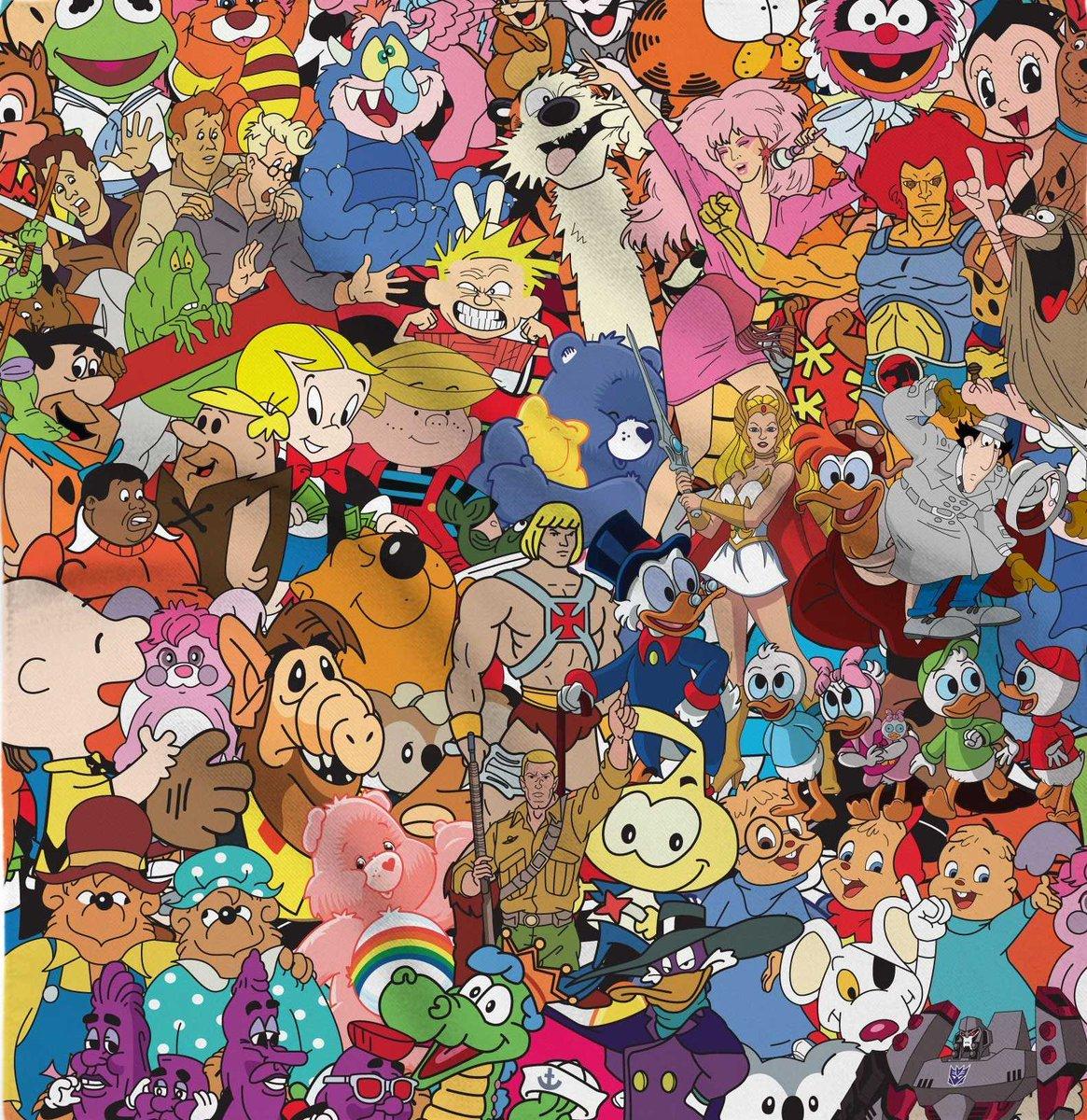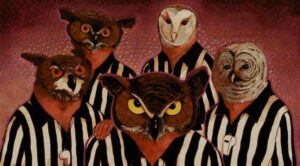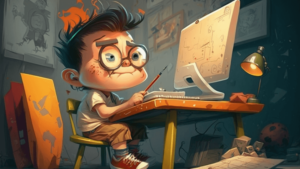Cartoon Art: Humor and Satire

A form of visual art and entertainment that typically involves the use of exaggerated or simplified images, often in a humorous or satirical style.


The history of cartoons is a fascinating journey through time, from their early origins to the beloved animations of today. Here’s a brief story :
1. Early Beginnings (1900s – 1920s):
- Cartoons initially started as short, silent, and black-and-white films often featuring simple, comical characters.
- Winsor McCay’s “Little Nemo” (1911) and “Gertie the Dinosaur” (1914) were among the earliest animated films, showcasing the potential of animation.
2. Golden Age of Animation (1930s – 1950s):
- The 1930s saw the rise of animation studios like Walt Disney Productions, Warner Bros., and Fleischer Studios.
- Mickey Mouse made his debut in “Steamboat Willie” (1928), becoming an iconic character.
- The introduction of synchronized sound in cartoons revolutionized the industry, leading to classics like “Snow White and the Seven Dwarfs” (1937) and “Looney Tunes.”
3. World War II and Propaganda (1940s):
- During World War II, were used for propaganda and morale-boosting purposes, with characters like Bugs Bunny and Donald Duck aiding the war effort.
4. Post-War Era and TV (1950s – 1960s):
- Cartoons transitioned to television, with shows like “The Flintstones” (1960) and “The Jetsons” (1962) becoming popular.
- Hanna-Barbera Studios produced many beloved series during this era.
5. Animation Renaissance (1980s – 1990s):
- The ’80s and ’90s saw a resurgence of animation, with Disney’s “The Little Mermaid” (1989) marking the beginning of the Disney Renaissance.
- Other studios like Pixar introduced computer-generated animation with “Toy Story” (1995).
6. Rise of Adult Animation (late 20th century – present):
- Shows like “The Simpsons” (1989) and “South Park” (1997) brought adult-oriented animation to the forefront.
- Streaming platforms like Netflix and Hulu have enabled the creation of diverse and innovative animated series.
7. International Influence (21st century):
- Japanese anime gained global popularity, with series like “Naruto” and “Dragon Ball Z” finding large international audiences.
- Studio Ghibli’s films, such as “Spirited Away” (2001), received critical acclaim worldwide.
8. Digital Age (2000s – present):
- Advances in computer animation have led to visually stunning movies like “Frozen” (2013) and “Zootopia” (2016).
- The internet and social media platforms have given rise to web cartoons and short animations that reach broad audiences.
9. Diverse Representation (present):
- Cartoons today often focus on diverse characters and themes, promoting inclusivity and addressing social issues.
- Streaming services continue to produce and distribute animated content for all age groups.
10. Future Innovations:
- As technology advances, the world of animation continues to evolve, with virtual reality and augmented reality opening up new possibilities for immersive storytelling.
Cartoons have come a long way from their humble beginnings as silent, monochrome animations. They have become a cherished and influential form of entertainment, inspiring generations of creators and audiences worldwide.
Cartoons have universal appeal and are enjoyed by people of all ages for several reasons:
1. Visual Appeal: They are often bright, colorful, and visually engaging. The vibrant colors and imaginative designs can captivate viewers and stimulate their visual senses.
2. Simplicity: They often simplify complex ideas and emotions, making them easy to understand and relate to. This simplicity can be particularly appealing to children but is also appreciated by adults seeking light-hearted entertainment.
3. Escapism: They transport viewers to fantastical worlds where anything is possible. They provide an escape from the stresses of everyday life, allowing people to briefly disconnect and immerse themselves in a different reality.
4. Humor: Many cartoons are filled with humor, ranging from slapstick comedy to clever wordplay. Laughter is a universal pleasure, and cartoons often excel at making people laugh.
5. Relatability: Despite their often exaggerated or fantastical settings, cartoons often explore relatable themes and emotions. Characters may face common challenges or experience universal feelings like love, friendship, and empathy.
6. Nostalgia: For adults, cartoons can evoke feelings of nostalgia, reminding them of their own childhoods and the simpler times of their youth. Nostalgia can be a powerful emotional trigger.
7. Creativity: Cartoons are a medium where creativity knows no bounds. They can experiment with unique art styles, unusual characters, and imaginative storylines, which can be refreshing and inspiring for viewers.
8. Family-Friendly: Many cartoons are family-friendly, making them suitable for viewers of all ages. This allows families to watch together and bond over shared entertainment.
Whether through humor, creativity, or relatable storytelling, cartoons have a unique charm that resonates with people of all backgrounds and ages.
